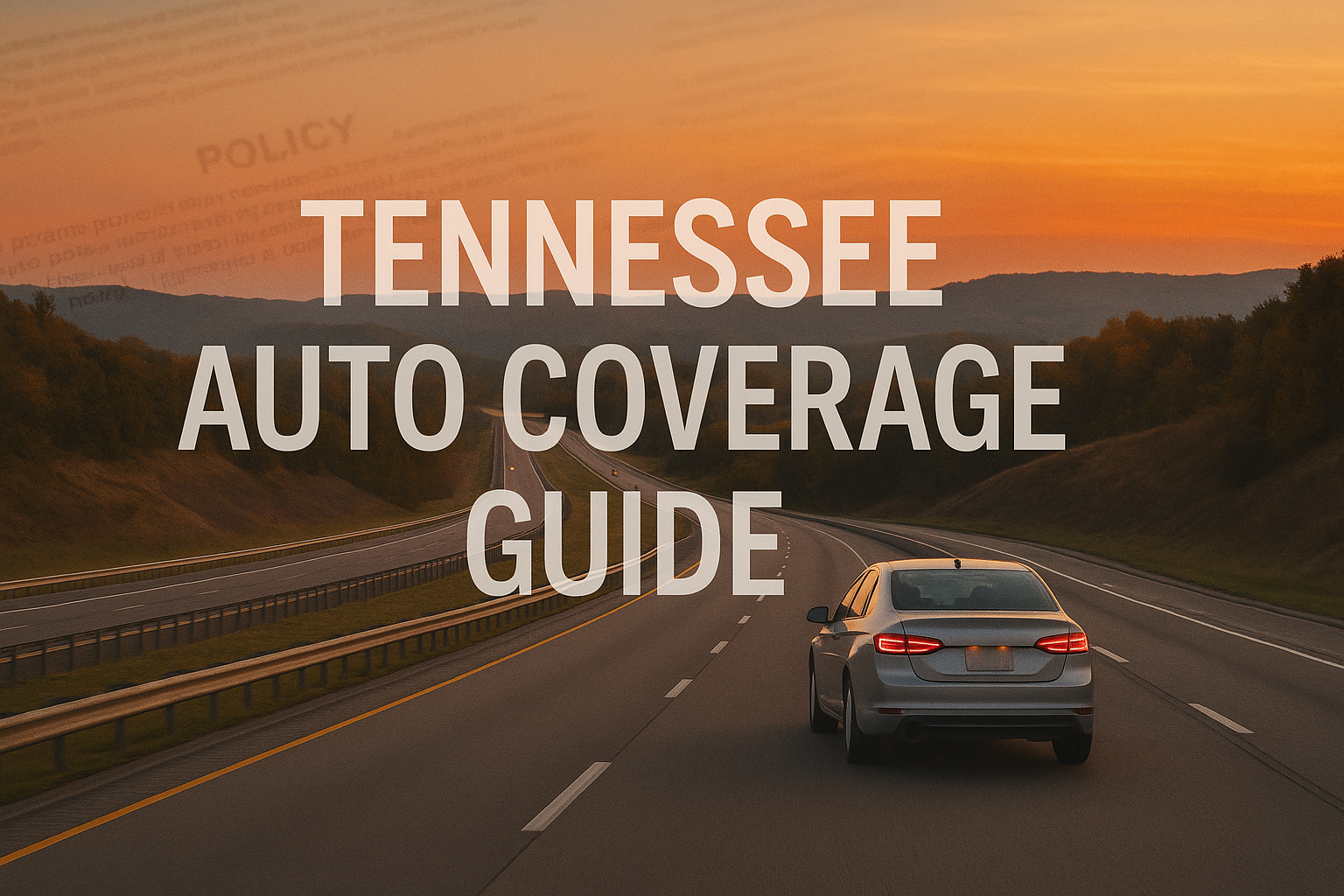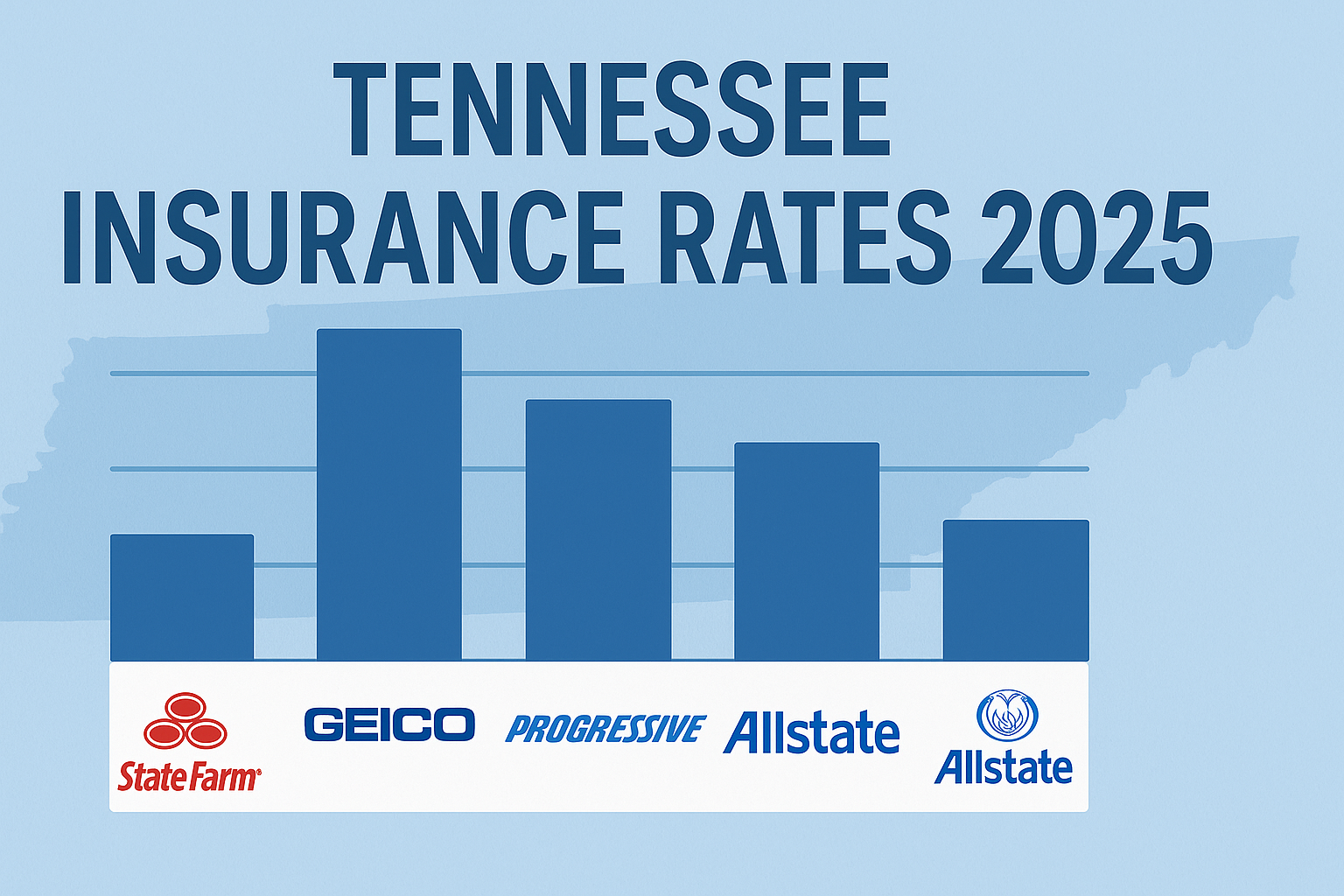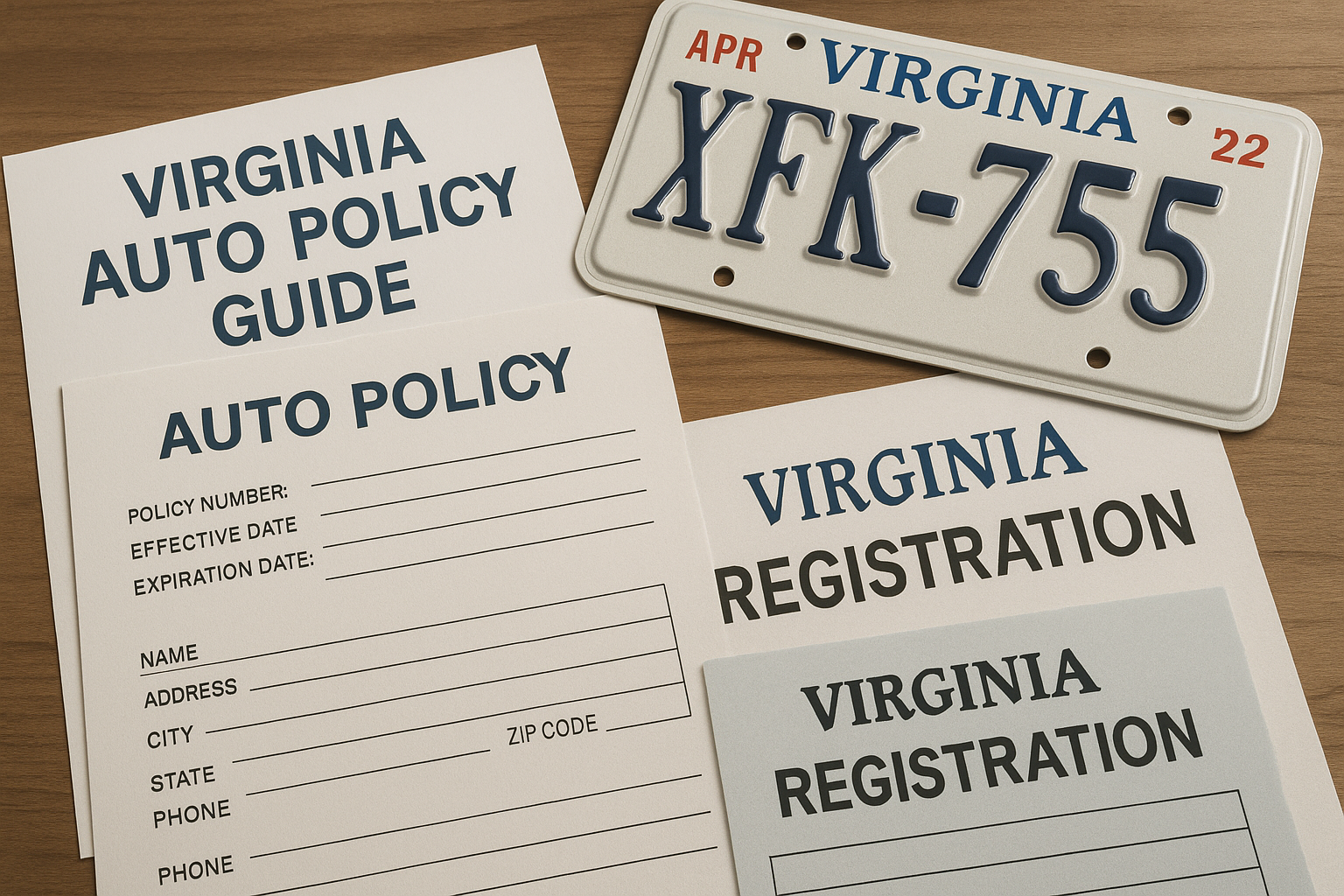Compare Car Insurance in Tennessee (2025): Liability vs Full Coverage
In 2025, Tennessee drivers still face the 25/50/25 minimum liability rule, but full-coverage policies remain the smarter long-term protection. Knowing the difference helps you choose the right balance between legal compliance and financial safety.
This guide breaks down coverage types, minimum vs full coverage, essential add-ons, deductible strategy, a quote checklist, and when to upgrade tiers.

Coverage Types
- Liability only: Covers damage or injury you cause to others — required by law.
- Full coverage: Adds collision and comprehensive coverage for your own vehicle.
- Add-ons: Optional protections such as UM/UIM, MedPay, rental reimbursement, roadside assistance, or gap insurance.
Minimum vs Full Coverage
| Feature | State Minimum | Typical Full Coverage |
|---|---|---|
| Bodily Injury / Person | $25,000 | $100,000+ |
| Bodily Injury / Accident | $50,000 | $300,000+ |
| Property Damage | $25,000 | $50,000+ |
| Your Vehicle Covered? | No | Yes (collision + comprehensive) |
| For Financed Vehicles? | Usually insufficient | Meets lender requirements |
Tennessee’s legal minimum (25/50/25) keeps you street-legal but may expose you to uncovered costs in serious accidents or lawsuits.

Add-ons That Matter
- Collision & Comprehensive: Protects your car from crash, theft, or storm damage.
- UM/UIM: Covers injuries or damage caused by uninsured or underinsured drivers.
- MedPay: Helps cover medical bills regardless of fault.
- Gap Insurance: Pays the difference between loan balance and vehicle value.
- Roadside / Rental: Low-cost extras for emergencies or repairs.
Deductibles
Your deductible shapes your premiums and claim costs:
- Higher deductible → lower monthly premium but more out-of-pocket cost per claim.
- Raising from $500 to $1,000 can lower rates by roughly 10–15%.
- Keep an emergency fund to match your deductible before increasing it.
Quote Checklist
- Match liability limits across quotes (25/50/25 vs 100/300/100).
- Confirm deductibles are identical.
- Verify add-ons (UM/UIM, MedPay, rental) are included or excluded consistently.
- Ensure lender requirements are satisfied for financed vehicles.
- Ask about discounts — telematics, bundling, safe driver, or paperless billing.
When to Switch Coverage
- When financing or leasing a new or valuable car.
- After income or asset growth — more financial exposure to protect.
- Relocating to higher-risk areas (urban, theft-prone, severe weather zones).
- When renewal premiums rise enough that upgrading coverage is cost-effective.
Frequently Asked Questions
Is full coverage required in Tennessee?
No. Tennessee only requires liability insurance, but lenders usually mandate full coverage for financed cars.
Does Tennessee offer PIP?
No, Tennessee does not have mandatory PIP. Some insurers offer Medical Payments (MedPay) coverage instead.
When should I raise my deductible?
When you can handle higher out-of-pocket costs and want lower premiums. Keep savings to match your deductible.
What happens if I only carry the minimum?
You’ll meet legal requirements but risk paying large out-of-pocket sums if accident costs exceed your policy limits.
How do I get accurate quotes?
Use identical coverage limits, deductibles, and add-ons across companies. Compare service quality as well as price.
Key Takeaways
- Minimum = 25/50/25 liability; full coverage adds collision & comprehensive.
- Full coverage is essential for financed or new vehicles.
- UM/UIM and MedPay close common protection gaps.
- Higher deductibles lower premiums by 10–15% if affordable.
- Compare quotes yearly using identical limits and options.
References

